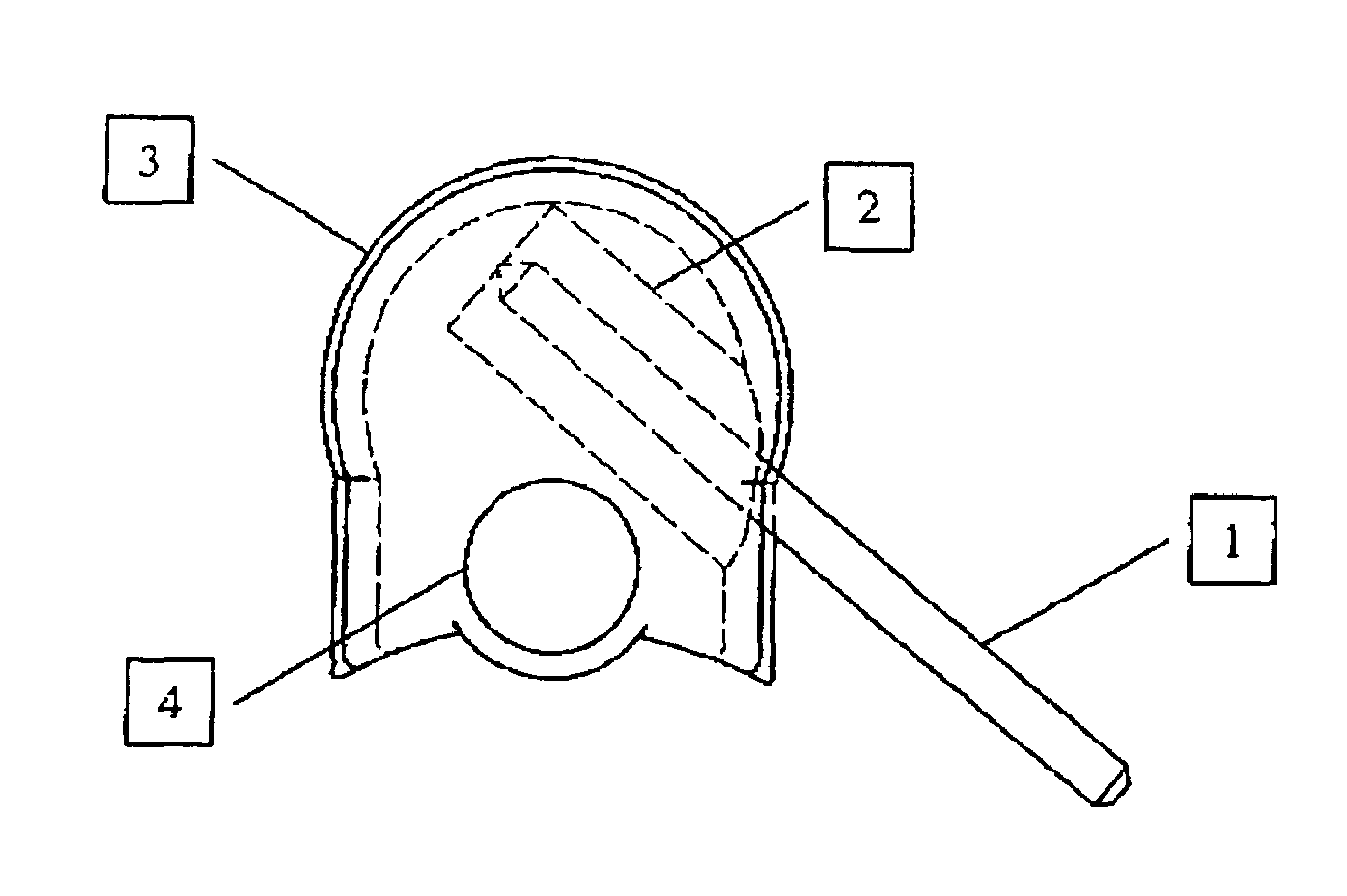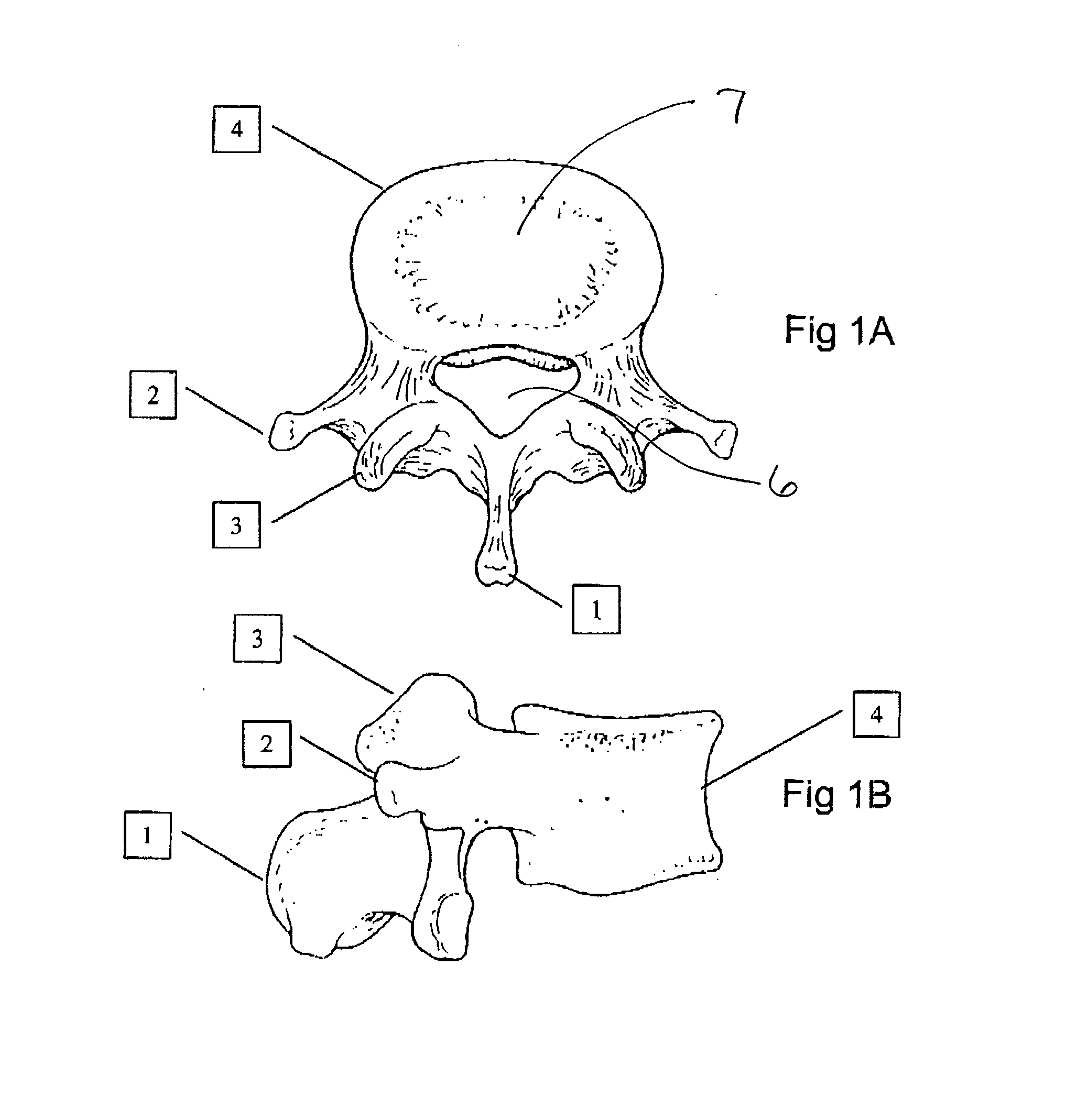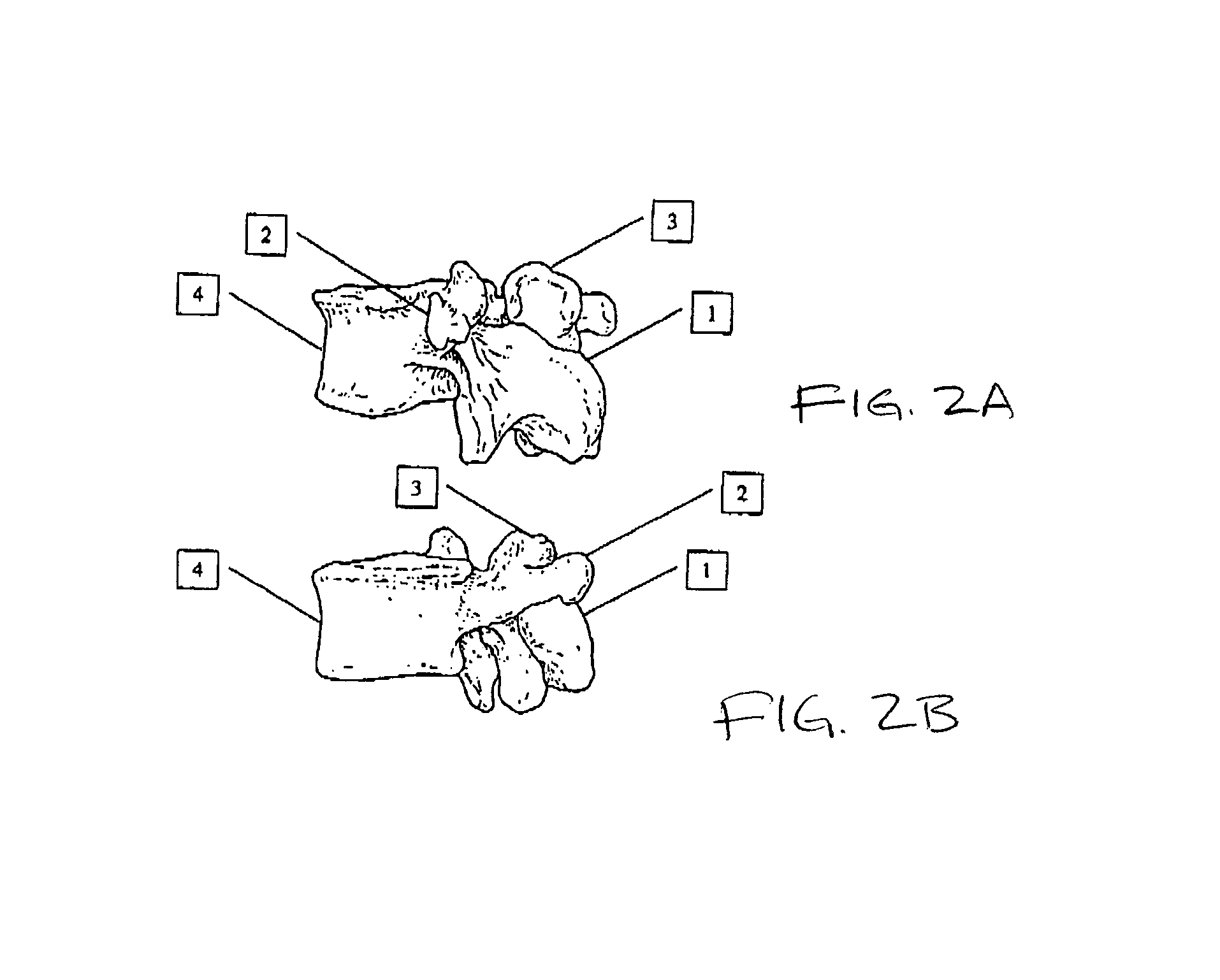Transosseous spine core approach method implant and instrumentation
a transosseous spine and core technology, applied in the field of methods, instruments and implants, can solve the problems of compromising the structural integrity of the spine disc mechanics, complicated and hazardous replacement methods, etc., and achieves the effects of improving stability, reducing surgical time, and simplifying the procedur
- Summary
- Abstract
- Description
- Claims
- Application Information
AI Technical Summary
Benefits of technology
Problems solved by technology
Method used
Image
Examples
Embodiment Construction
[0053]The preferred TOSCA method and surgical approach will be described in detail with selected embodiments of methods, instruments and implants. TOSCA is very adaptable to variations in surgical approach, location of entry into a bone, level of entry, procedures, instruments, and implants. Multiple levels can be addressed. A core can be made in more than one bone to facilitate a procedure.
[0054]Combined surgical approaches can be used (anterior and posterior, right-left, posterior lateral, etc.). Cutting methods and instruments can be adapted for specific clinical problems. The types of procedures that can utilize TOSCA are limited only by a surgeon's imagination. Implants are substantially designed for each application with variations for vertebra in the cervical, thoracic and lumbar regions. There are also substantially different implant and instrumentation designs for different vertebra in the same region (i.e. C3 vs. C6).
[0055]FIGS. 1A and 1B show the axial (A) and lateral (B)...
PUM
| Property | Measurement | Unit |
|---|---|---|
| angle | aaaaa | aaaaa |
| angle | aaaaa | aaaaa |
| angle | aaaaa | aaaaa |
Abstract
Description
Claims
Application Information
 Login to View More
Login to View More - R&D
- Intellectual Property
- Life Sciences
- Materials
- Tech Scout
- Unparalleled Data Quality
- Higher Quality Content
- 60% Fewer Hallucinations
Browse by: Latest US Patents, China's latest patents, Technical Efficacy Thesaurus, Application Domain, Technology Topic, Popular Technical Reports.
© 2025 PatSnap. All rights reserved.Legal|Privacy policy|Modern Slavery Act Transparency Statement|Sitemap|About US| Contact US: help@patsnap.com



